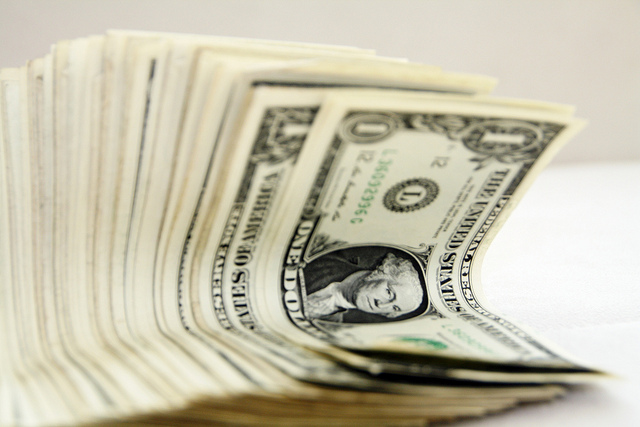Columbia Threadneedle Investments has held a bullish view of the outlook for the dollar for some time. This is supported by its belief that the US economy will outperform other advanced economies because:
- it has fewer structural rigidities than, for example, the eurozone
- it will enjoy greater long-term productivity gains than comparable economies
- it will become less vulnerable to external energy shocks as its oil production potential increases following the shale energy revolution. Increasing oil output will also reduce the structural current account deficit.
But earlier this year the firm became concerned that the currency was strengthening beyond what was warranted by the United States’ fundamentals and it positioned itself accordingly with a tactical short position against a range of currencies. “A raft of weaker than- predicted US data dimmed speculation the Federal Reserve (the Fed) was about to raise interest rates. At the same time, the launch of QE in Europe caused investors to revise their expectations of deflation in Europe”, explains Matt Cobon, Head of Government and FX at Columbia Threadneedle Investments.
Dollar correction creates opportunity
The markets have now seen a sizeable fall in the dollar and the currency is now much more fairly valued. “The size of the correction is similar to that experienced in comparable structural dollar bull cycles and we do not believe that it should be a matter of concern or indeed a surprise. However, we continue to believe that the upward trajectory of the dollar will resume over the longer term, reflecting the country’s aforementioned economic advantages. Consequently, we remain dollar bulls, believing that the recent weakness in the US economy will prove temporary in part because we anticipate that consumers will start spending some of the windfall gains reaped from low energy prices”, says Cobon.
The likelihood that monetary policy in the US and the rest of the world will begin to diverge reinforces Threadneedle´s positive view that the dollar should strengthen. “We anticipate that while the eurozone delivers its massive QE programme and Japan continues to inject liquidity into its economy, the Federal Reserve (the Fed) will start to increase rates as the economy regains momentum. We are certainly more sceptical than the market that we will see such a reflationary bounce in the eurozone or that it will outperform in the longer term given the structural rigidities within the euro area” points out the expert.
Investors with long dollar positions are being squeezed at the moment and Threadneedle is using this opportunity to start to build back into its dollar risk position. “We certainly believe that the dollar is now trading at levels, which, particularly against the euro, appear compelling again from a long-term perspective – we still believe that the euro will reach parity with the dollar”, says the Head of Government and FX.
The main risk to this strategy is that the US economy is unable to gain further momentum and that as a result expectations of when the Fed begins to hike interest rates are pushed out to 2016. However, monetary policy in the US and the rest of the world would only converge if markets began to anticipate that the US was entering a prolonged downturn. “We do not think this is likely. Indeed, we believe that we are approaching a point in the US labour cycle where wage pressures are beginning to build and that this factor will start to influence monetary policy. There is little slack left in terms of unemployment and the output gap. Certainly, both have reached levels that in previous cycles were accompanied by a tightening of monetary policy”, concludes Cobon.

